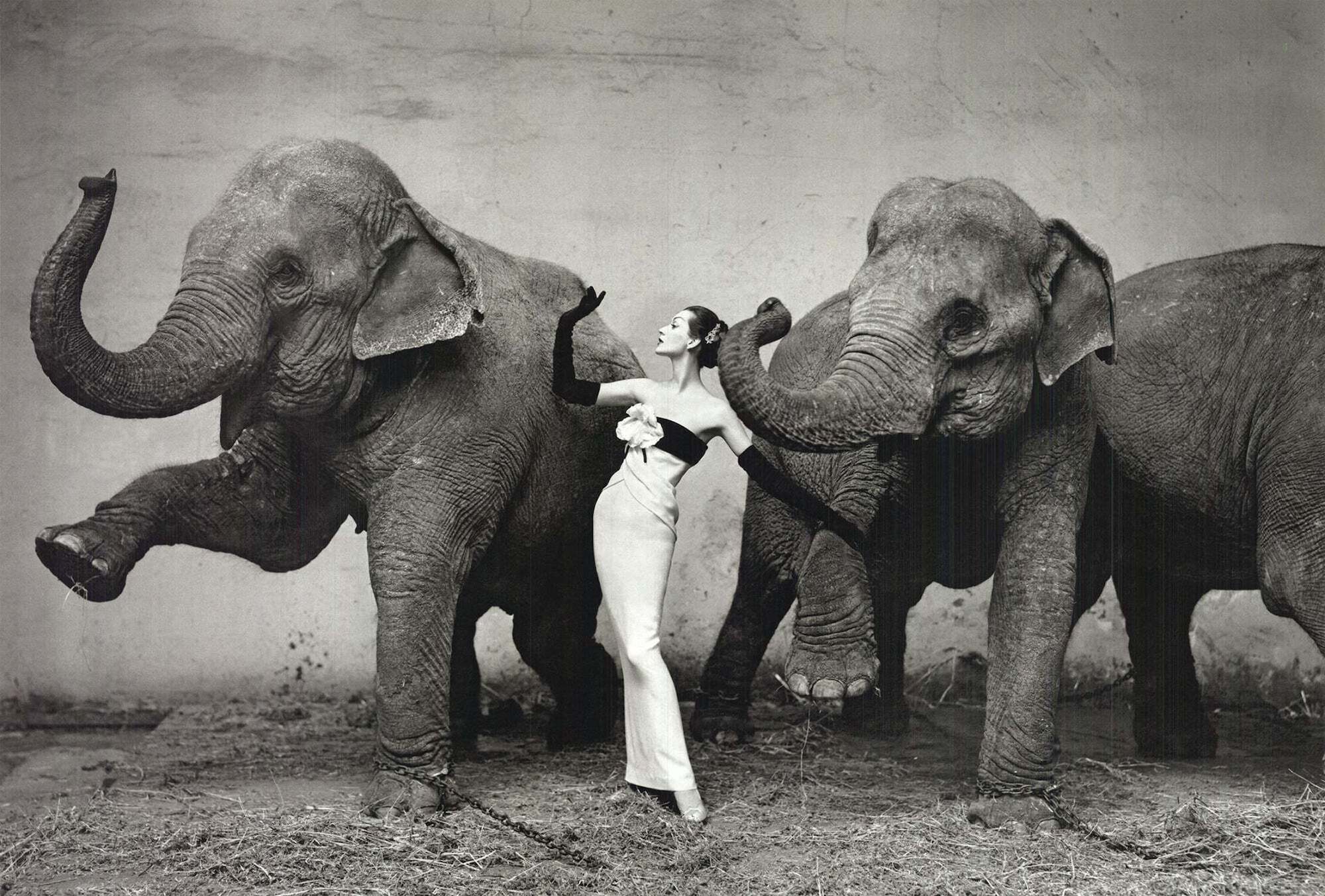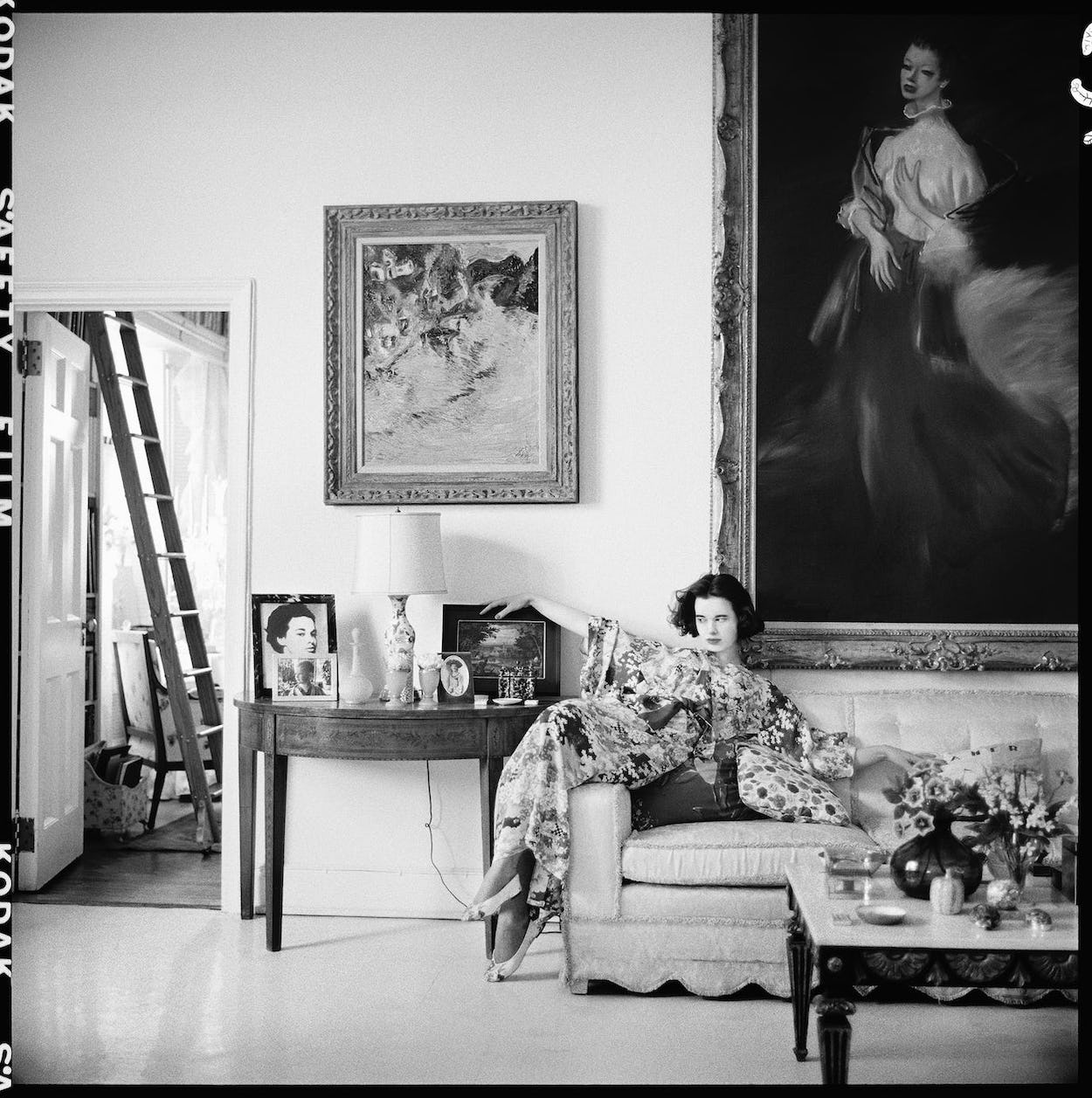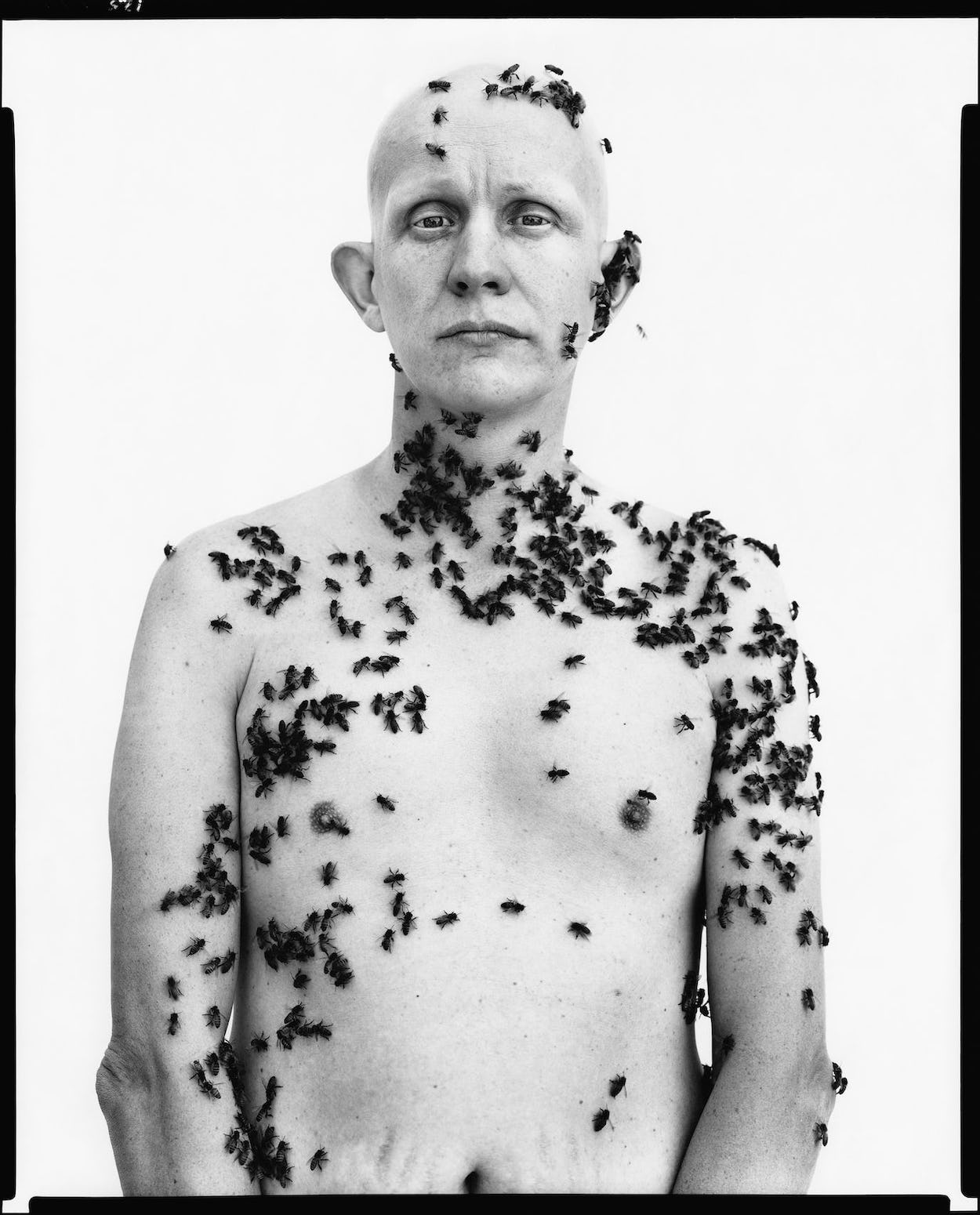“Iconic” is a word often tossed around, seldom deserved. But in the case of Richard Avedon, who revolutionized fashion photography over his six-decade career, the term almost doesn’t hold a candle. The lifelong New Yorker began shooting high-profile editorials for Harper’s Bazaar in the 1940s when, even at the age of 21, he began developing a signature style of candid colorless images that, as Cindy Crawford once put it, made models “come alive.” Dovima posed fearlessly among elephants; Truman Capote’s svelte torso conveyed a queer vulnerability. Avedon imbued fashion photography with a sense of experimentation that balanced fantasy and realism and still proves influential to this day.
Avedon’s legacy is so outsized that when curators at the powerhouse Gagosian Gallery were tasked with assembling an exhibition to commemorate the late photographer’s centenary, they left the task to 150 of his former subjects. “Avedon 100,” which opens in New York on May 4, enlisted artists, designers, musicians, writers, curators, and fashion-world heavy hitters to select their favorite Avedon photograph and explain what it means to them. Raf Simons praised his emotional resonance, complexity, and lack of hierarchy; Brooke Shields commended his architectural eye. The full selection will be available in a 300-plus-page tome published by Gagosian when the exhibition opens.
Many polled for the show picked images of starlets and society swans—a morose Marilyn Monroe, a graceful Gloria Vanderbilt—but others opted for his late-career series In the American West, often considered his masterpiece. Commissioned by the Amon Carter Museum of American Art in the late 1970s, which is presenting 13 of the photographs, it provides a disarmingly aromantic glimpse inside the sprawling heart of America then loosely defined by freedom-loving cowboys and sweeping pastoral beauty. Avedon shot the series over five years in 21 states, intent on simply finding something new.
What Avedon uncovered—rugged drifters, teenage lovebirds, a shirtless man covered in bees—proved both transfixing and baffling to those accustomed to his chronicling of high society. But the sobering candor of his photographic style suited his humble subjects well, or at least got their message across. “With his plain background, everything else becomes important, like the expression and the pose,” writes Dutch photographer Rineke Dijkstra in Avedon 100. “He’s making common people feel special so you take the time to look at them.”
Avedon was fiercely protective of his legacy, burning thousands of images he deemed subpar. By the time he died, in 2004 at the age of 81, photography was evolving into both a well-respected art form and a lucrative collecting field. It was also becoming universal as digital capture entered the fore. In an era where always-on iPhone cameras have become a second-nature method of broadcasting “content” to feeds everywhere, there’s still ample wisdom to plumb from Avedon’s nonpareil ability to harness emotion from one compelling still.
“Avedon 100” will be on view at Gagosian (522 West 21 Street, New York) from May 4–June 24.


